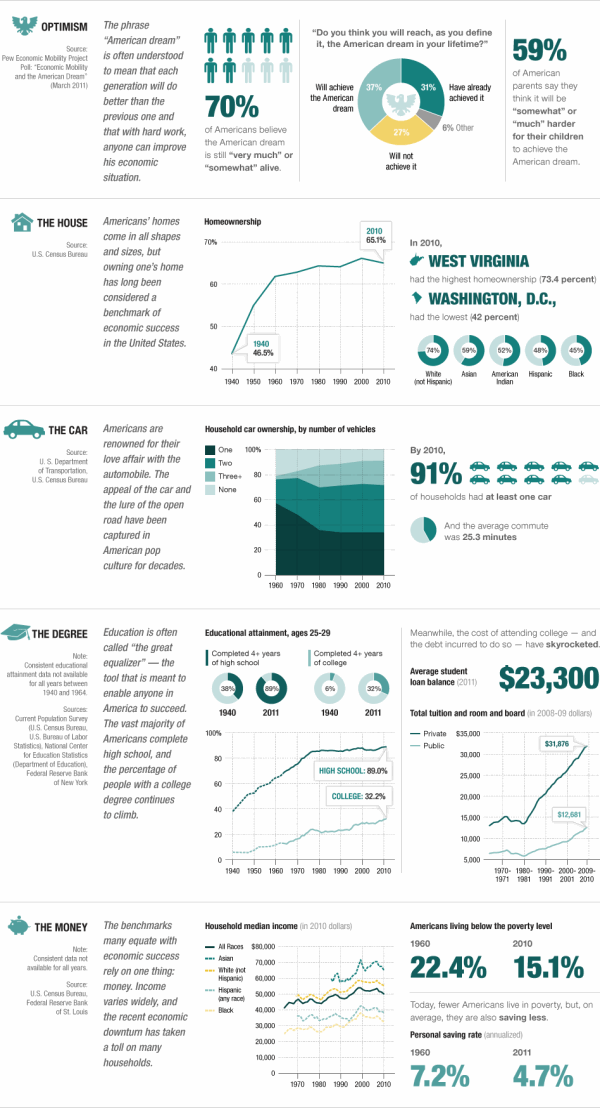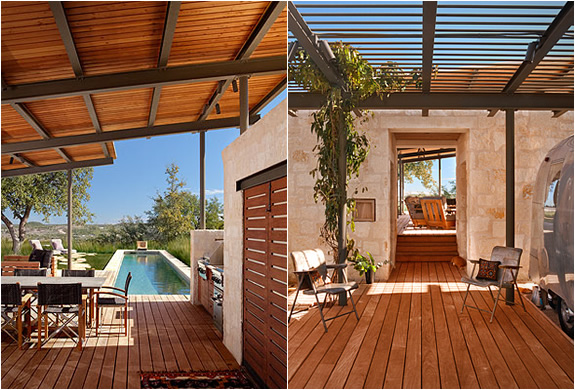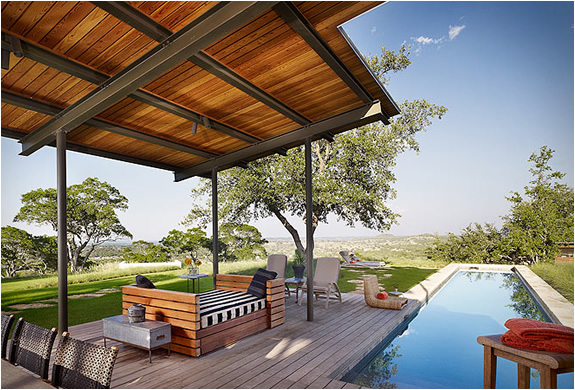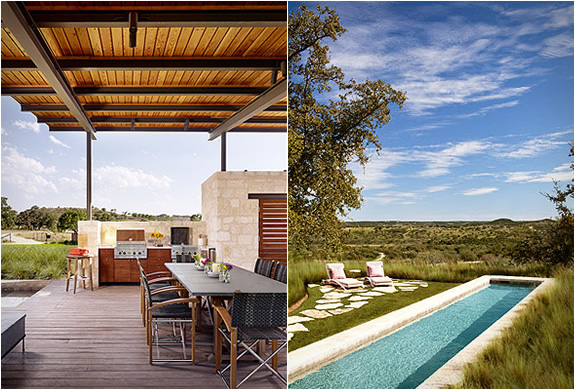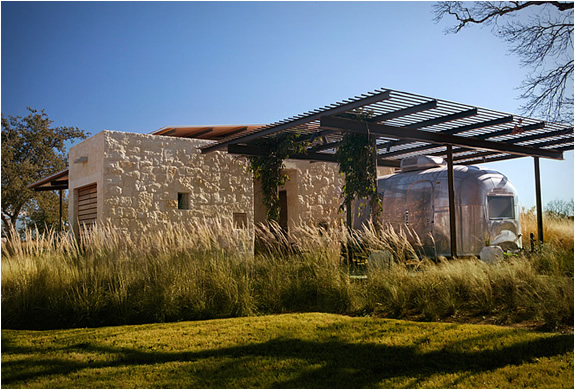 The shadow inventory of troubled mortgages and foreclosed homes saw a 1.2 million decrease in the first half of the year, according to research conducted by JPMorgan Chase.
The shadow inventory of troubled mortgages and foreclosed homes saw a 1.2 million decrease in the first half of the year, according to research conducted by JPMorgan Chase.
Chase researchers expect that progress to double before the year’s end, too. That would then bring the shadow inventory to more than 4 million, which is down from the 6 million peak reached in 2010.
A rising number of short sales has allowed more banks to clear the shadow inventory that has threatened the housing market’s recovery, according to the research. Banks also have been increasing loan modifications.
Shadow inventory is known for creating uncertainty in the housing market. In calculating the shadow inventory, Chase researchers include trouble mortgages that haven’t been paid in at least 60 days.
"Although re-defaults and new delinquencies will continue to keep shadow inventory elevated, the rapid decline should prevent downward pressure on home prices going into 2013," according to Chase analysts. "Combined with better existing home sales, investors have reason to be optimistic about running recovery scenarios."
Chase analysts say that if home prices rise 10 percent, the current number of 10.8 underwater borrowers could then decrease to 9 million.
Source: “Shadow Inventory Declines by 1.2 Million in 2012,” HousingWire

